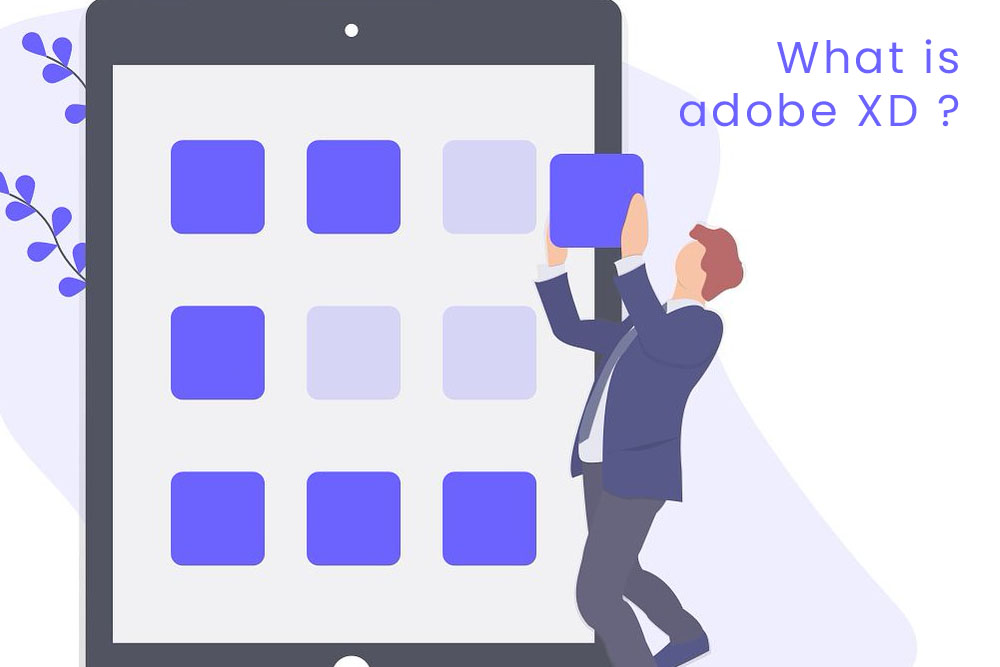New challenges arise for user experience design as it emerges in the dynamic decade of 2024. To satisfy customers’ ever-evolving expectations and accommodate a diverse range of devices, user experience designers are constantly challenged to tap into their imagination and ingenuity. This is especially true now that new technologies like AI designer bots have made designers worry about their future employment.
The following is a rundown of the most typical issues faced by user experience designers in 2024, followed by recommendations on how to address them.
Challenges in user experience design
Resolving the disparity in product development innovation
One of the biggest problems with user interface design is coordinating the development and design phases. Discord between the two procedures may lead to confusion for the consumer, which in turn can create delivery delays and miscommunication.
Where does it come from? Developers take care of the technical aspects of making a product operate, while designers provide the visual appeal of digital items. None of these elements can be ignored. Designers, and vice versa often misunderstand the importance of excellent aesthetics.
To solve this problem, you can use collaboration tools like Slack and Miro to foster an environment where everyone works together. To settle disagreements, schedule frequent cross-team meetings. Verify that there is harmony between the design and development processes’ aims. Make sure everyone is on the same page by creating a shared vocabulary.
Advanced chatbots for complex problems
One of issues with chatbots is that they may aggravate and confuse users resulting in diminished users’ engagement and satisfaction. When AI does not understand users’ questions or can not solve difficult questions, this leads to poor user experience.
From where does it come? A.I. is just beginning. It cannot comprehend human language. Understanding human intentions is an area where AI chatbots do terribly. Users may find it really annoying.
Simplicity is the key when it comes to this problem. Questions should be asked and answered in computer-friendly language that is easy to understand.
Notify the user and redirect them to the relevant support agents in case their request is more complicated. Repeating the redesign process may improve the performance of the chatbot and the user’s experience.
Product showcase
Product presentation is an integral part of User Experience (UX). Effective layouts, color palettes, and creative compositions go a long way in attracting and retaining the clients. On the contrary, if the presentation is not done well, sales and user engagement might be affected.
The three most common reasons for the failure of product displays are: lack of space, time, and resources. Other factors are an absence of market research and a partial lack of consumer tastes knowledge. Because of the insufficient information, long loading times, bad lay-out, and the low quality pictures, users have an unpleasant engagement with digital items.
Understanding consumer intent and behavior through data analysis which is one of such strategies. Experiment with different layouts, picture sizes, loading times, and user paths to determine what is most effective.
In the first phase of product presentation best practices implementation, one needs to do research on their users. As a result, one can provide an engaging and education experience for their users.
Errors in A/B testing
The wrong A/B testing might induce bad user experience and inadequate aesthetics that are mostly due to poor design choices. Sources of inaccuracies can be inadequate sample sizes, poorly stated assumptions or incorrect metrics.
A/B testing must be planned deliberately. A lot of A/B tests fail because no clear hypothesis was tested or the tests were done at the wrong time or too early, or the wrong type of audience was targeted. Another reason could be that you are testing the incorrect page or that you are tweaking too many variables.
Pinpoint exactly what you want to test, be very clear about your assumptions, and when ready to test, check whether everything meets your expectations. Make sure you’re communicating with the right folks by using a broad sample.
Unappealing design
The use of voice assistants and other assistive technology to access the internet by people with varying capacities presents a hurdle. Ignoring these clients’ needs might lead to a diminished Total Addressable Market (TAM) and a tarnished image for the company.
Web Content Accessibility Guidelines (WCAG) and other accessibility requirements are frequently neglected in favor of more immediate concerns like site performance and user acquisition. Because persons with disabilities are underrepresented among software testers, this is ignored all through the design and development phases.
Data privacy and security concerns
It is critical to strike a balance between data collection and user privacy in the modern digital environment. Adverse effects on brand loyalty, public opinion, and legal compliance may be seen when invasive data collection practices are used.
Data breaches may occur for a variety of reasons, but some of the most prevalent include negligence, invasive data collection tactics, and inadequate protocols.
When collecting data, be loose with the rules. Customers of digital products have a right to know how their information is being used and should be provided with tools to take control of their data. Health Insurance Portability and Accountability Act (HIPPA) and all other local, state, and federal privacy rules and regulations must be observed at all times.
Maintaining brand consistency
The issue is that users’ satisfaction could be negatively impacted if their experience is inconsistent across different platforms and devices. Maintaining coherence is essential to developing a distinct and memorable brand identity.
Not enough time, ambiguous instructions, distinct processes, teams not communicating, suppliers not cooperating, and ill-planned campaigns are a few reasons why brands don’t always seem the same.
The design guidelines, components, and styles should all be standardised. Maintaining frequent updates will ensure that all team members are using the system consistently across all devices and platforms.
If your user interface design job calls for making minor adjustments to several panels rapidly, this is the way to go. Assigning these responsibilities to other projects would be incorrect due to their insignificance. Attempts to increase your portfolio could be misunderstood.
You should instead showcase them in a collection. As a case study, a compilation project brings together many smaller projects, each with its own section, images, and brief description. A lot of people use UX challenges as part of their portfolio.
Conclusion
User experience designers encounter a broad range of design challenges. The advent of globalization and ubiquitous digitization has made these issues immensely worse. Since technology and trends are ever-evolving, it is crucial to stay abreast of UI/UX design and new methods and practices. This will enable you to capitalize on your abilities when the opportunity presents itself.





